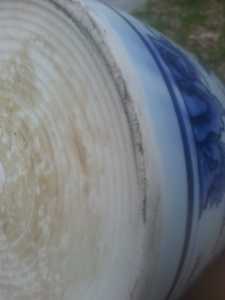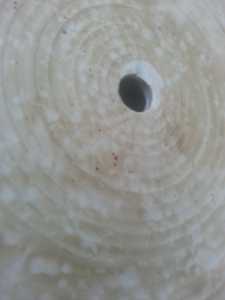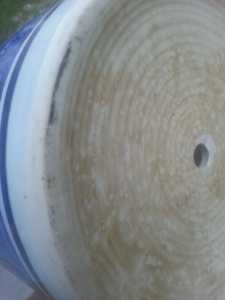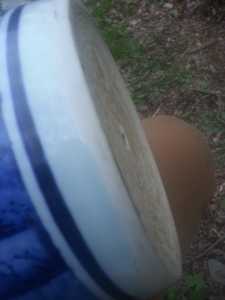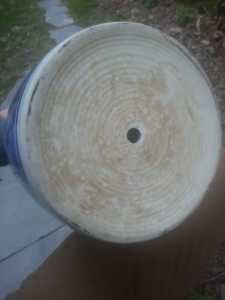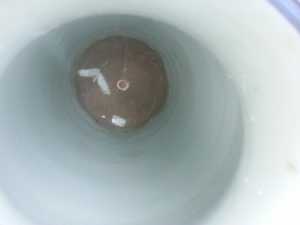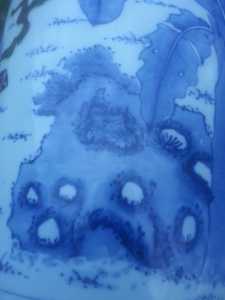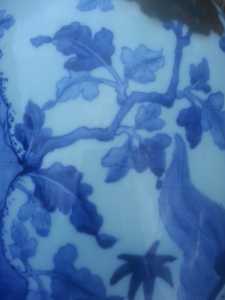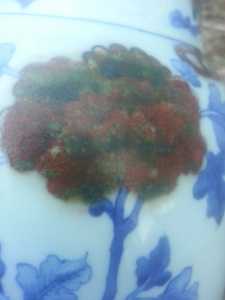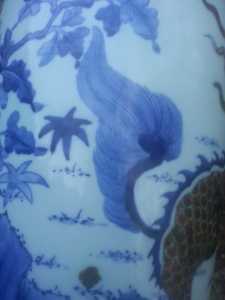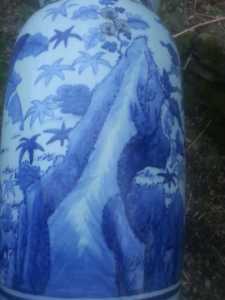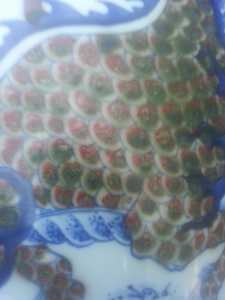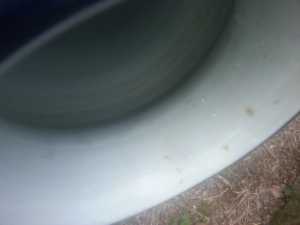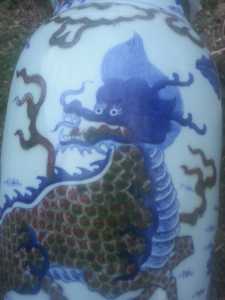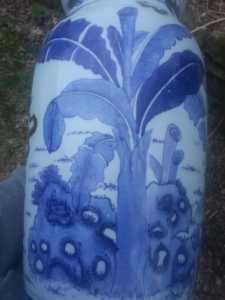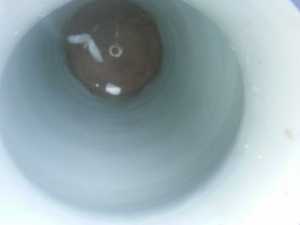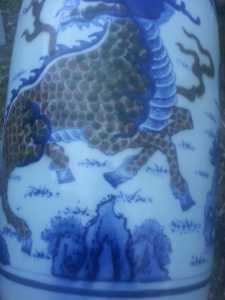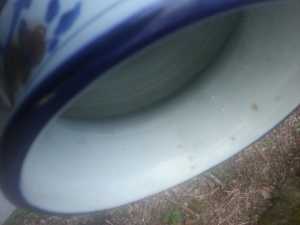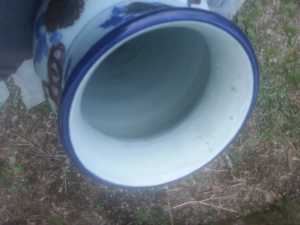The Chinese and Asian Art Forum. For Fans, Collectors and Dealers.
 Basic Rules For the BidAmount Asian Art Forum: Talk about whatever you want. You can even discuss and offer things that are for sale if they are authentic. Maximum image file size per post is 2 MB. Images of 700pxl x 700pxl are optimal if saved at a medium resolution. Be respectful of others and enjoy yourself. Click the YouTube link for a brief tutorial on using the forum. You can also EMBED Videos by cutting and pasting from You-Tube, Vimeo etc.
Basic Rules For the BidAmount Asian Art Forum: Talk about whatever you want. You can even discuss and offer things that are for sale if they are authentic. Maximum image file size per post is 2 MB. Images of 700pxl x 700pxl are optimal if saved at a medium resolution. Be respectful of others and enjoy yourself. Click the YouTube link for a brief tutorial on using the forum. You can also EMBED Videos by cutting and pasting from You-Tube, Vimeo etc.
NOTE: To post an item or add a new post, click open the category title from the FORUM LIST, and CLICK the Blue ADD TOPIC button.
@johnshoe because of the picture it’s hard to pin base down. It look like it has groves. But it could also be coils. Groves are manufactured coils are not. Coil are only done with clay. Which would be pre porcelain. That blue ring at top looks out of place.
@lotusblack Interesting. So, by manufactured grooves, what do you mean? Do you mean they are artificially done to imitate older age? Or do you mean that the grooves are simply the result of a newer process for how these were made more recently, but not necessarily a fake, just a certain process related to a particular timeframe? It defintely has significant indentations between the coils/grooves. On the bottom of the inside there was a fine coating of a slippery white powdery substance. When I saw it I recall saying, "what the hell is that?".
@jbeer2121 There seemed to be too much powder for it to be just from that. It was more like something wet had coated the entire bottom at some point then dried and left a thin residue. I get your explanation about the grooves, but then how is that different from coils?
Maybe an adhesive then, to bond it to the base, and it dried up and turned to a powder? The coils would be from what would essentially be concentric bands of porcelain that are stacked and then smoothed to join them, rather than a slab whose thickness is trimmed down.
Check out this tutorial, even though it is basic, it is essentially how pottery has been made for ages.
-Jeremy
Dear John,
that red soffused of green that you see in the scales of the qilin is absolutely normal.
That is underglaze copper red, which firing was notoriously problematic. If succesful, it should be pure red, but most often has those green spots. It can also turn brown.
That vase is in Transitional style but I think that it is a copy, the shape is not correct and that dark blue rim should not be there.
Giovanni
@clayandbrush Thank you for explaining the color issue. Now that you said it, I can recall hearing how red sometimes turned green, I had just not actually seen a good example of it before now. It actually looks rather attractive on this one in my opinion. I especially like the way it caused the tree top to look. I noticed in my research the same aspects you mention. The original examples seem to be a bit more narrow, not so fatly potted. I also noticed the rim will be brown dressed if anything rather than blue. And the banding at the bottom is more thickly done on this one than it is on the oldest ones. So it does seem possible to be a later copy. But if so then how much later would be my question? I feel that the artwork is well done. The shading has some nice nuance. The artist colored within the lines. It has interesting details. Here are some more pictures. Perhaps these will help illuminate the piece further. It is evening and a bit overcast outside, plus as everyone knows I take bad pictures on a bad phone camera so consider that when viewing. Also, you can see the interior, with the bottom being coated by a slippery residue. The white patches are where I ran a finger across. It could easily be cleaned out. Also, the grooves/coils on the base can be seen on the inside as well, although that might not show up very well in these photos because of the residue, etc.
Hi John,
I don't think the Qilin vase has a lot of age to it. I've rewatched Peter's videos over and over again on dating footrims, and looked at so many of Rob Michiels online auction catalogs, but I've not seen this foot rim on any of them.
I'll offer my potter's perspective, though. The grooves are not evidence of coils, or handbuilding, but rather the trimming process of the clay body when it is leather hard. If you follow the groove, it is a spiral. Potters place the vase upside down on a wheel, center it, then secure it down with clay. Once it's secured upside down, they use a trimming tool to remove excess clay from the base of the piece, and subsequently make the foot. What you see on this vase is one smooth movement of the trimming tool from the center of the base all the way to the footrim as the wheel is turning, and it looks like the spiral even follows through the footrim. A potter would easily be able to go back on a second run-through and smooth out the base, which makes me feel like they were in a rush. Adding to this, these grooves are the same markings that are left from modern trimming tools.
Does anyone know, or have a reference to the kinds of tools potters of the transitional period had available? I assume trimming during the transitional period was done with more rudimentary tools, or perhaps a knife. In my opinion, those tools would not leave the same kind of grooves as the modern tools.
Kindly,
John
@bartholin Thanks, I like learning about this. Here's a link to one that has a little similarity in color but that is flatter, etc. https://www.chairish.com/product/2545162/mid-17th-century-transitional-chinese-wucai-ginger-jar
With all the work that went into this vase, it is interesting to me that they didn't flatten the base. Is there any other explanation you can think of other than they were rushed? Is it an artists choice type of thing? Does it sometimes not matter? It seems based on this video that it only would have taken a minute to do, so not like a huge effort was needed, so it seems odd that it wasn't done if it was going to be something that would bother people, you know what I mean? Unless maybe the potter didn't think it was a problem to leave it like that.
John,
Sorry for the delay. Here are photos of various transitional/ming period unglazed bases with some evidence of, what Peter refers to as, "turning lines". You'll see none were similar to this one. These are from Peter's blog:
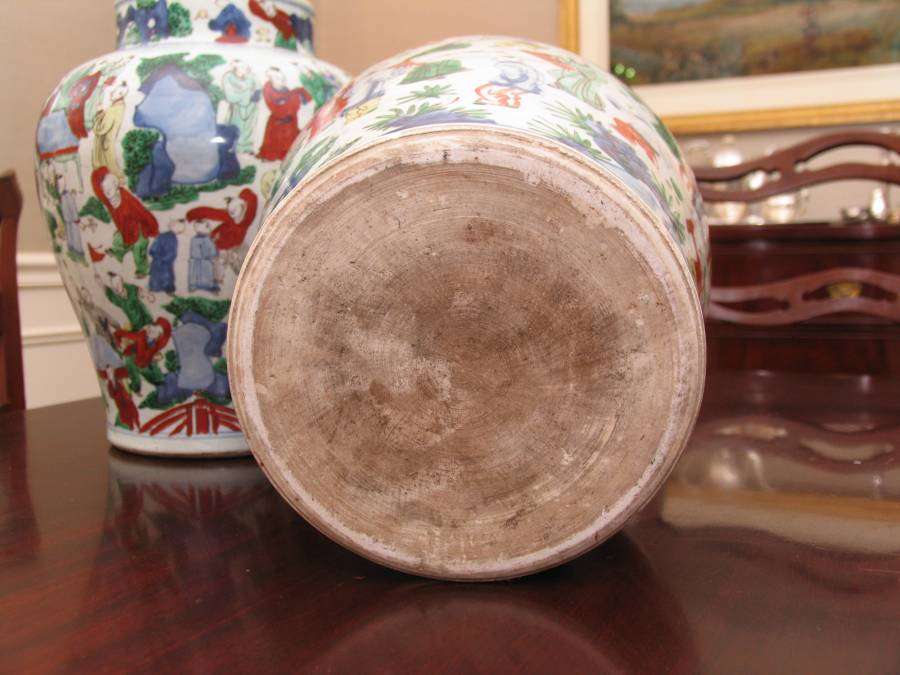





On your questions, I think your vase is beautiful. It's nicely hand-painted and I like the composition. However, given how easy it is to create a smoother base, I assume it's due to the assembly line process of making these vases. I doubt even in modern times that one person throws on the wheel, paints, glazes, and trims. I'm assuming the person trimming the vases has a long queue and was in a rush. Maybe there were more painters than trimmers. I hope I'm wrong though, and it turns out to be older than I think.
John
Thanks for visiting "The BidAmount Asian Art Forum | Chinese Art"
If you sell on eBay, or have a shop feel free to post images and descriptions and links.
Check back often for discussion about the latest news in the Chinese art and antique world. Also find out about the latest Asian art auctions at Sotheby's, Christie's, Bonhams and Tajans.
Auction results for: fine porcelain, ceramics, bronze, jade, textiles and scholar's objects. As well as Japanese, Thai, Vietnamese and other Asian cultures.
Thank you,
Peter Combs
Topics and categories on The BidAmount Asian Art Forum | Chinese Art
Kangxi vases, Kangxi dishes and chargers, Kangxi ritual pieces, Kangxi scholar's objects, Qianlong famille rose, Qianlong enamels, Qianlong period paintings, Qianlong Emporer's court, Fine porcelain of the Yongzheng period. Chinese imperial art, Ming porcelain including Jiajing, Wanli, Xuande, Chenghua as well as Ming jades and bronzes.
The BidAmount Asian Art Forum | Chinese Art
A free Asian art discussion board and Asian art message board for dealers and collectors of art and antiques from China, Japan, Korea, Thailand, Cambodia, Vietnam and the rest of Asia. Linked to all of the BidAmount Asian art reference areas, with videos from plcombs Asian Art and Bidamount on YouTube. Sign up also for the weekly BidAmount newsletter and catalogs of active eBay listing of Chinese porcelain, bronze, jades, robes, and paintings.
The art of calligraphy - and for the ancient Chinese it certainly was an art - aimed to demonstrate superior control and skill using brush and ink. Calligraphy established itself as one of the major Chinese art forms during the Han dynasty (206 BCE - 220 CE), and for two millennia after, all educated men were expected to be proficient at it.
The Museum’s collections of Asian art span nearly five millennia and encompass the cultures of China, the Himalayas, India, Japan, Korea, and Southeast Asia. In 2007, the Museum launched an initiative to create dedicated galleries for the collection, beginning with a gallery for the arts of Korea ...
Chinese art is full of symbolism, in that artists typically seek to depict some aspect of a totality of which they are intuitively aware.
China Online Museum is the finest online museum of Chinese art. It features Chinese calligraphy, painting, ceramics, bronzes, carving, and other artworks.
Chinese Ceramics & Works of Art. Overview Upcoming auctions Contacts Auction results ... Christie’s sales of Chinese ceramics and works of art showcase centuries of Chinese history. Held throughout the year in London, New York, Paris and Hong Kong, they attract a wide audience of collectors and connoisseurs vying for pieces as diverse as ...
Explore Asian Art Week. Contact the Specialist Department. Chinese Paintings ... Senior Specialist, Head of Sale. [email protected]. Tel:+1 212 641 5760. Bid in-person or online for the upcoming auction:Fine Chinese Paintings on 10 September 2019 at New York. Bid in-person or online for the upcoming auction:Fine Chinese Paintings on 10 ...
Discover an abundance of must-see art from all corners of a vast continent at Christie’s NY Asian Art Week. From contemporary classical and Chinese paintings to works with exemplary provenance from the Art Institute of Chicago, our Rockefeller Paza galleries will be full of ancient treasures and contemporary masterworks in a salute to the vibrant arts of Asia.
Sold to benefit The Art Institute of Chicago’s Asian Art Acquisition Fund, the sale features 84 lots with a focus on Ming and Qing porcelains, and offers a rare insight into the taste for collecting Chinese ceramics and works of art in the Midwest from the end of the 19th century through the 1980s. Highlights include two Wanli wucai garlic-head vases, a Qianlong mark and period, blue and ...
Specialist, Chinese Paintings, Christie's London Dr Malcolm McNeill is a Specialist in Chinese Paintings at Christie’s, based in London. He previously worked as an assistant curator of the Chinese collections and the Victoria and Albert Museum in London, as a researcher at the British Museum, and as a translator and tour guide at the National Palace Museum in Taipei.
The Christie's Education 2020 Conference: The Chinese Art Market 18 Jun 2019 Christie’s Education is delighted to announce our first international academic conference in Asia which will take place in Hong Kong from 26-27 November 2020 at the Hong Kong Convention and Exhibition Centre and will run in parallel with Christie’s Hong Kong Autumn Auctions.
The summer Chinese Art sale in Hong Kong will feature works of art from several private collections, including Qing porcelains and textile from the collection of the legendary Chinese art dealer A. W. Bahr (1877–1959), fine gilt bronze Buddhist sculptures from an old Hong Kong collection, an East Asian collection of Qing dynasty wine cups and jades, and a Japanese collection of Song ceramics ...
Sotheby's Chinese Works of Art Department holds two auctions each year in London, New York, Hong Kong and Paris.
Chinese Art - View Auction details, bid, buy and collect the various artworks at Sothebys Art Auction House.
With more than 340 Chinese works of art dating from the Neolithic to the Republic periods, highlights of this sale include a selection of Qing Imperial monochromes from the collection of Arnold and Blema Steinberg, early ceramics from the Art Institute of Chicago and Chinese porcelain and works of art from the collection of Henry Arnhold.
Results: Sotheby's Asia Week achieved $52.4 million in six strong auctions, exceeding pre-sale estimates. With 76.5% of lots sold and 60.3% of lots surpassing high estimates, the Asian art sales at Sotheby's indicate continued collector interest in the finest works of art from China, India and and the Himalayas.
Today's sale of Important Chinese Art will proceed as planned with sessions at 10 AM and 2 PM EDT. Sotheby's will be monitoring the weather conditions throughout the day and will be available to coordinate alternative bidding options should conditions make it difficult for clients to attend the auction in person.
Bonhams Chinese Art department is renowned for offering the finest works of art representing the richness and breadth of China's artistic heritage, particularly Imperial porcelain, white and spinach green jades, cloisonné and Buddhist art. Specialised international auctions are held globally, including London, Hong Kong and San Francisco.
Bonhams : Chinese Works of Art We use cookies to remember choices you make on functionality and personal features to enhance your experience to our site. By continuing to use our site you consent to the use of cookies. Please refer to our privacy and cookie policies for more information.
Bonhams Fine Art Auctioneers & Valuers: auctioneers of art, pictures, collectables and motor cars. We use cookies to remember choices you make on functionality and personal features to enhance your experience to our site. By continuing to use our site you consent to the use of cookies. ... Chinese Art (US) General enquiries
Bonhams : Fine Chinese Art We use cookies to remember choices you make on functionality and personal features to enhance your experience to our site. By continuing to use our site you consent to the use of cookies. Please refer to our privacy and cookie policies for more information.
Bonhams Fine Art Auctioneers & Valuers: auctioneers of art, pictures, collectables and motor cars Bonhams : Asian Art We use cookies to remember choices you make on functionality and personal features to enhance your experience to our site.
Bonhams are international auctioneers of fine Chinese and Japanese art. We specialise in rare Imperial and Export Chinese ceramics and works of art, as well as Japanese ceramics, fine and decorative works of art from the Neolithic Period to the 20th century. View on map
Bonhams Fine Art Auctioneers & Valuers: auctioneers of art, pictures, collectables and motor cars. We use cookies to remember choices you make on functionality and personal features to enhance your experience to our site. By continuing to use our site you consent to the use of cookies. ... Asian Art Bonhams. Work. 22 Queen St.
